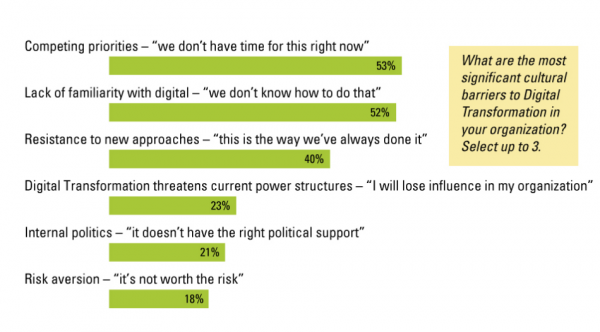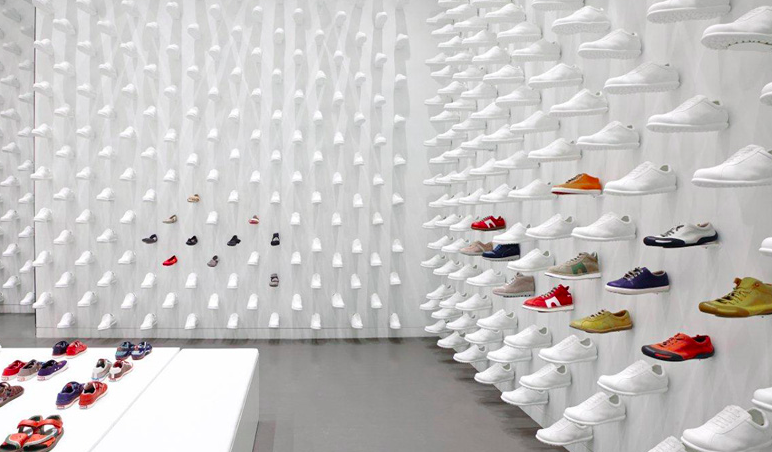For quite a while, I’ve been using Ford as an example of a brand that’s redefined itself (or rather refocused) from car manufacturer to what they refer to as a mobility brand. I think it makes all the difference.
What they did early on was team up with ZipCar on US campuses, getting young drivers (note; drivers, not car owners) to get into Ford cars. Stats on that car selling challenge here. Now, of course the meaning with owning a car is transportation and mobility (not taking into account the, to be honest, not so small addition of signalling something about you as a person, which I think sits equally much in what you choose to drive and not just what you own). Hence a new business model. You may come from manufacturing and selling Ford cars, but that’s not necessarily the business for ever after. If Ford viewed their meaning market like Avis do (Avis bought ZipCar), they’d step past the competition by way of a business focused on getting people transportation – whether that’s a BMW, Volvo, Ford or whatever car brand. Potentially pretty drastic from a scaled up business model perspective .
Envisioning freely what Ford could be doing and what the larger meaning market could be, and what offers and services fit in, you touch on selecting models and vehicles. So I’m always thinking why not be able to buy the sporty one – but get 5 free rentals a year for when the family needs a larger vehicle for soccer games or something like that. You know, bake that in as the augmented product. Relieving difficult choices, in a way. Because it’s not about buying a car, it’s about transportation, mobility – even family logistics, when you think about it.
So now I found this similar offer/service/nudge from BMW to make the decision of buying the i3 easier. Good one.
The exercise of thinking Product (category) vs. Meaning (value of the (bigger/multiple) market(s)) is one that I stress every brand and organisation to do in a recurring manner. It sits in the project/process/challenge of figuring out the digital strategy, mind you. It’s because technology and digital, if we allow ourselves to refer to it as loosely as that, is driving societal changes. That means what you do, who you are and how you do things – can, and will, drastically change. Meaning your basic existence is the topic. That’s a cultural question, not a technical one. And that, dear reader, is the most importan distinction to be made when getting an organisation of not-so-tech-interested people to start pulling in the same direction. To feel ownership in a question that they, hence, understand and grasp (culture and meaning as opposed to that “digital stuff”).
I use meaning* and not purpose. I might seem like semantics but I think the two are distinctively different. With brands defining their purpose, I think often we see an inside/out perspective still lurking there. It’s our purpose (for us) vs. the meaning (for users). Meaning is about the new markets (and business ideas, models and revenue models) that can be identified and that may not resemble anything your used to from before (scary). The value they provide and generate. Purpose is centered too much around a statement about the brand and doesn’t get “verbified” as well.
Have you phrased, framed and begun the cultural transformation that is the result of technological change yet?
* I am aware that if you are looking at the word meaning in the context of brands and consumption, we also have another definition in the consumer culture research discipline. I use meaning markets more in a business development sense, where function/utility takes precedence over the development of signaling powers of brands, although the two are intertwined.
A Ted Talk where Bill Ford Jr shares some thinking on the future of transportation and mobility (2011).



